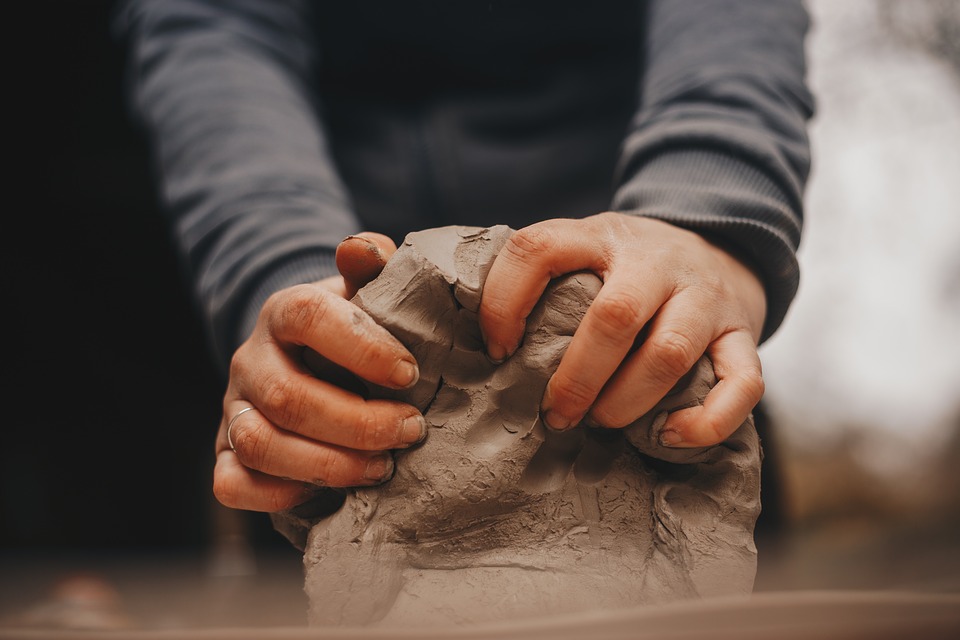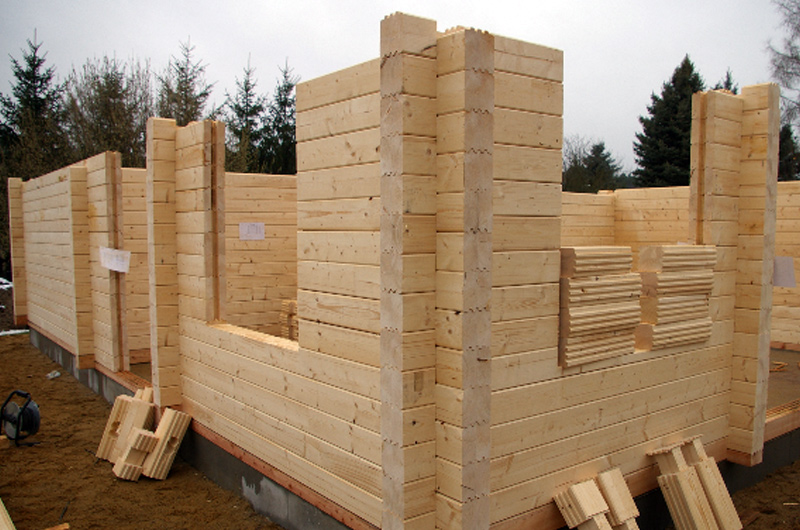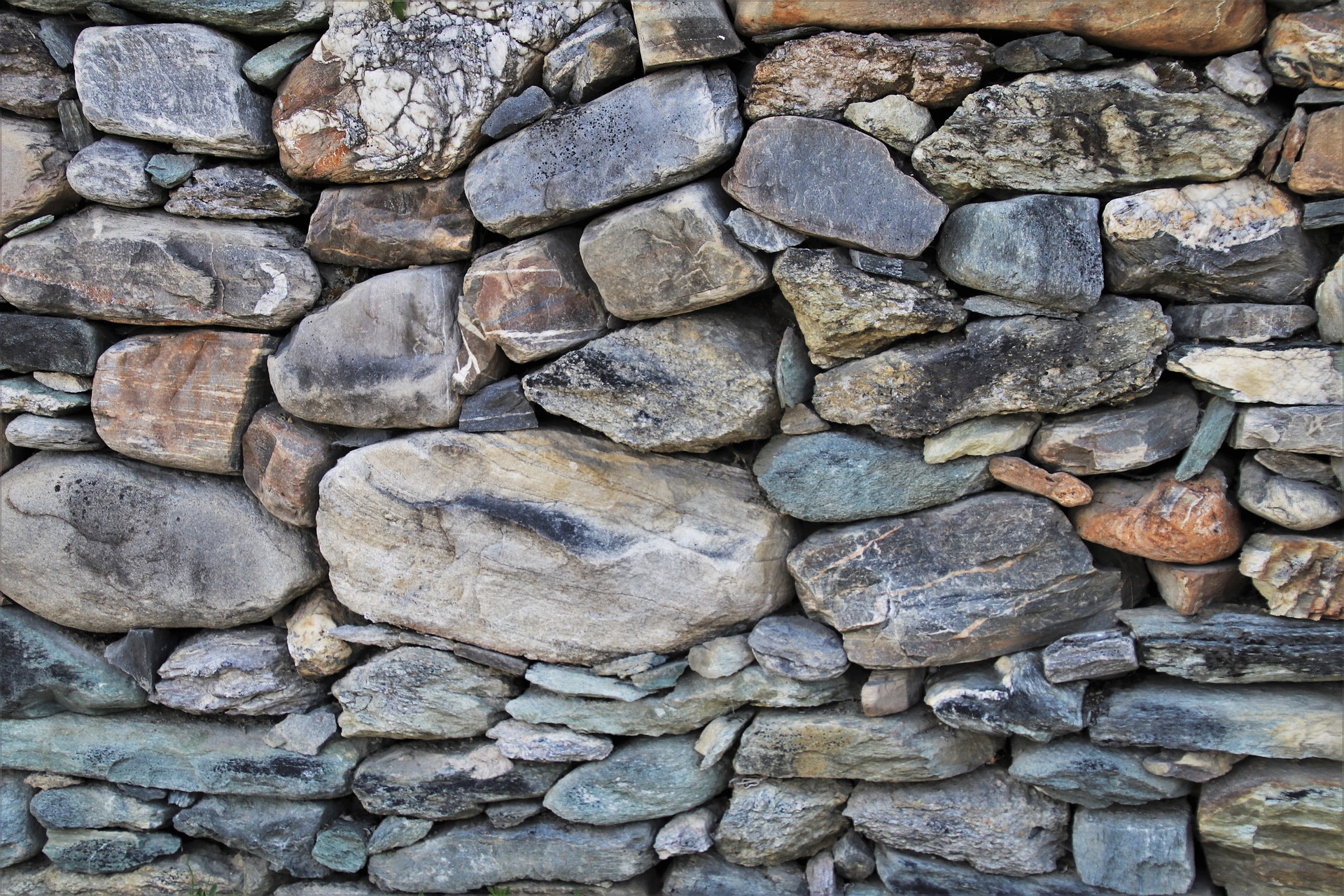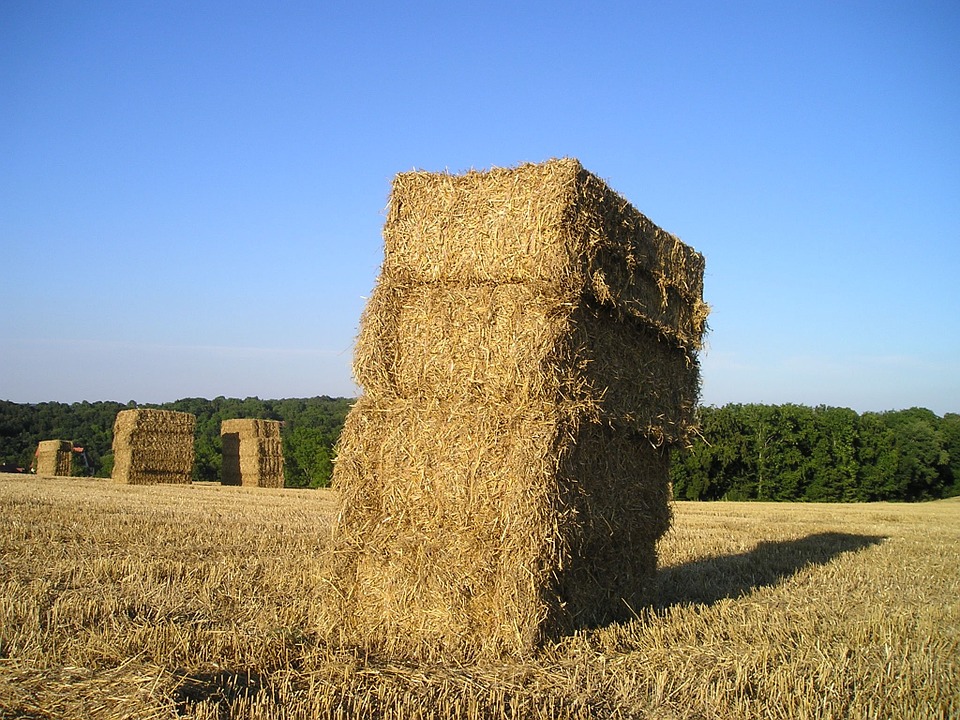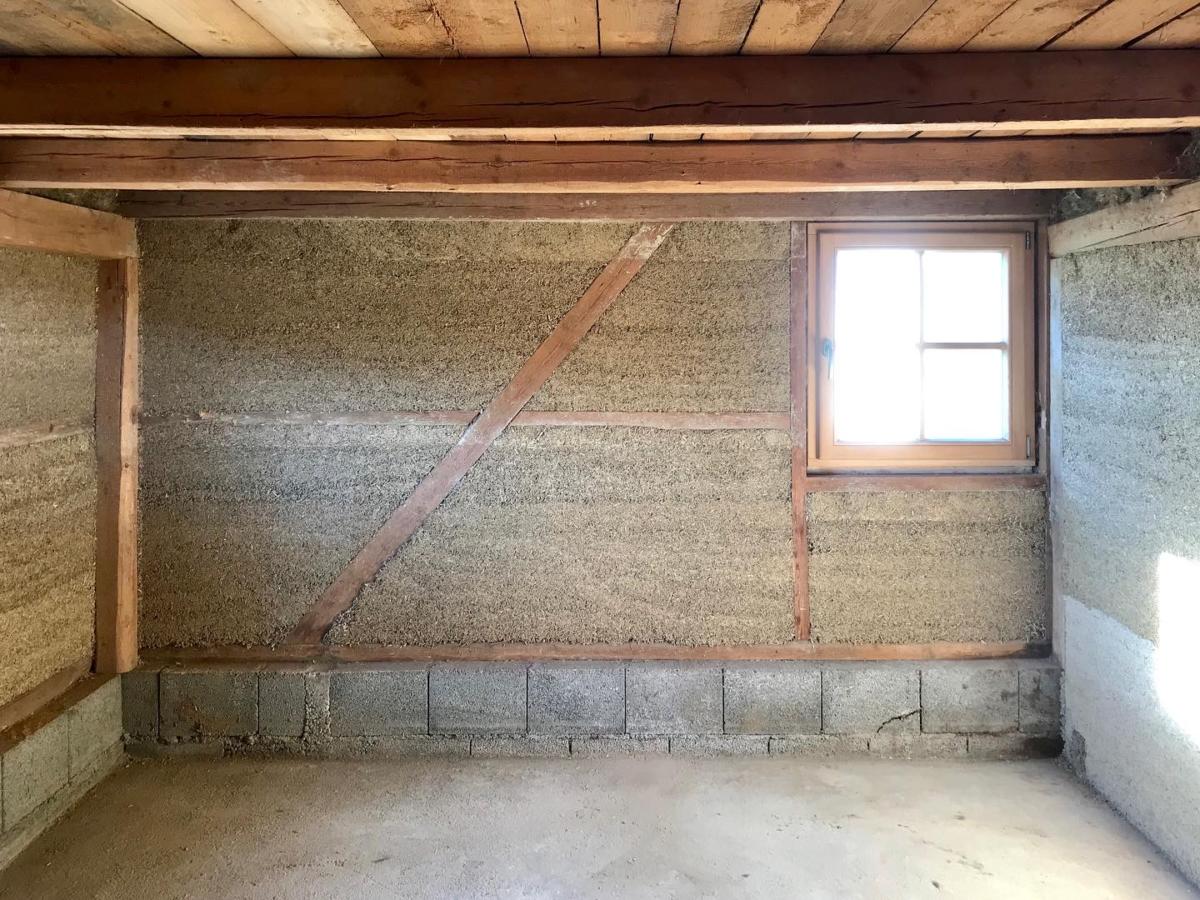Wood
Wood - is a popular building material obtained from cut down trees all over the world. It is one of the oldest building materials used by humans. Initially, it was used as the basic building material - for the construction of cottages and houses, farm buildings, churches, bridges, and defensive structures. Whole trunks, half-trunks, boards and even braids of thin branches were used. For millennia, walls, ceilings and roofs with rails or shingle have been built of wood. Wood was used to make furniture, household appliances, dishes and tools, as well as for heating and lighting rooms (torch*). Means of transport were built of wood: boats (originally carved in one trunk), as well as ships, carts and sleighs. For two centuries, wood was the basic material for making mining support constructions. Nowadays, wood is a construction and finishing material. It is light and durable and that’s why it’s very popular. It is used to make floors, paneling, roof trusses of buildings, gazebos, sheds, fences and pergolas, furniture and toys. It is also used as an auxiliary material: for erecting scaffolding, in mining (stamps - poles supporting corridors), railway (rail sleepers), telecommunications (poles) and in the chemical industry (including paper production).


